When I was planning my 2 months in India itinerary, anytime I told people my plans they nearly all immediately reacted in the same way. “Wow isn’t India really dangerous?”, “You’re not going alone are you?”, “Be safe…” with a look of dang this girl is crazy in their eyes. People even STILL react this way after I’ve already been to India and so clearly have come out of the experience alive, unscathed and in one complete piece.
It’s true, India is intense, but in a way that’s chaotically beautiful. A buzz of activity in nearly every corner of the country, there’s no shortage of eye-opening and new experiences to be had. And with any new destination, especially one with such an infamous reputation of being dangerous and hectic, coming prepared with India travel tips can ease the transition into Indian culture.
Before I get into my tips, I really really really want to reiterate that India wasn’t nearly as dangerous and scary as everyone made it seem. If you want to travel to India, you should do it regardless of the shocked and horrified reactions of loved ones.
In general, most people there were kind and helpful. The street dogs are loving and don’t just attack on whim. The touts are easily managed with a confident and loud “No, thank you”. Seriously you guys, anyone can do it. And I truly believe there are so many reasons you’ll love visiting India!
I will caution this, you will get dirty (so, so dirty), you will get stressed, you will feel uncomfortable at times, you will probably get food poisoning at least once (but don’t let that stop you from eating all the best Indian dishes!), and you will come out of it with a sense of awe and wonderment all while having fun. Let me help you on your exciting travels to the land of Bollywood with my India backpacker tips.
This post may contain affiliate links, meaning at no additional cost to you, if you click my links and make a purchase, I may earn a small commission. Learn more on my disclosure page. Thank you for your support!
Planning a trip to India – How Many Days Are Needed?
First things first, trying to decide how long a trip to India should be can be a difficult decision! India is a massive country that has countless regions and a wide variety of cultures and experiences. How do you choose how long and where!?
If you have the time to spare, I recommend at the very least 14 days to see India, but a two or one month India itinerary is even better. Not only is India a huge country, but travel between destinations is slow – sometimes taking an entire day.
Alright, time for my India travel tips!
29 Backpacking Tips for India
1. Don’t forget your visa!
You’ll need a visa to enter India and most tourists opt for the double-entry, e-visa for 60 days of travel. India is pretty strict about their visas and their e-visa application process is a little more complicated than other countries. You can go through a third-party if you’re concerned about it, but make sure you don’t fall for any of the many scam websites claiming to handle Indian visas.
Otherwise, do the process yourself and save the service fee and stress of being scammed. That’s what I did! You can apply here for an ETA (electronic travel authorization) through the government website. You’ll need to upload a passport photo, a passport scan and fill out an entire application. The website programming is absolutely terrible, so if you have troubles with it that’s normal.
After you submit your application, you’ll get a confirmation email and then another email 24 hours – 1 week later stating approval with a PDF of your e-visa. The fee is $100 for Americans + 2.5% processing fee, but most other countries only pay $80. You can find the list of fees by country here.
Don’t forget to bring a print out of your e-visa with you to India. They’ll want to see it at the airport. And promise me you won’t overstay your visa. I met a traveler who ended up having to pay a fine and stay in India for an extra two weeks while waiting for government permission to leave. Just avoid all that and leave before your 60 days are up.
2. Don’t be afraid of street food and local restaurants.
This is a bit of a risk, but it’s the best way to try delicious Indian food and to save money. Street food is insanely cheap and literally a fraction the price of tourist places!!
If you have a strong stomach, it’s definitely worth it. I actually ate street food often and only came away being seriously sick twice my entire 7 weeks in India. It’s all really luck (or bad luck) of the draw when it comes to food poisoning.
3. Be alert for scams and be assertive.
As is common for most parts of Asia, there are plenty of scammers and touts looking to take advantage of unsuspecting tourists. Be alert, come prepared with knowledge and be assertive and aggressive when needed. Don’t be afraid to say no, thank you and walk away when you know something’s not right. Take everything with a grain of salt and verify!
A random list of common scams in India:
- Being told your accommodation is closed. They just want you to stay at their own guesthouse or friend’s place.
- “Parking fees” at train stations for departing or arriving
tuk tuks . - Local attractions are closed. Honestly not sure the gain here but we heard this a lot even while standing in front of said attraction where people were entering.
- Getting a price quote for a tuk tuk at the start, only to find the price has changed dramatically upon arrival. Drivers may yell and cause a scene to bully you into paying the higher price. Bully back.
- Insane markups in general. I had a street food vendor quote me 200 rupees for a dish I knew was 50 from having had it before. Don’t be afraid
to haggle for that fair price.
4. Prepare yourself for Indian bathrooms.
My list of India travel advice wouldn’t be complete without a thorough review of the local bathrooms – they are an experience.
- Squatty potties are very common and they are usually the cleaner option compared to the western style stalls.
- Indians don’t use toilet paper so there’s often none in the stalls. It’s customary to use a water hose or bucket to clean up.
- Carry a roll with you if it’s a necessity for you. Or embrace the hose if you so choose!
- Don’t flush the TP! Most places have signs reminding you, but the pipes aren’t made for flushing paper.
- The bathrooms often lack soap, so having hand sanitizer on hand at all times is a must.
- Sometimes you have to pay to use public bathrooms. Usually about 5-10 rupees.
5. The water isn’t safe to drink.
However, many hostels, guesthouses
Save on plastic and bring a portable filter. I really regret not bringing a Life Straw or portable water filter with me on my trip to India. I would’ve saved money, plastic waste and time if I’d come prepared.
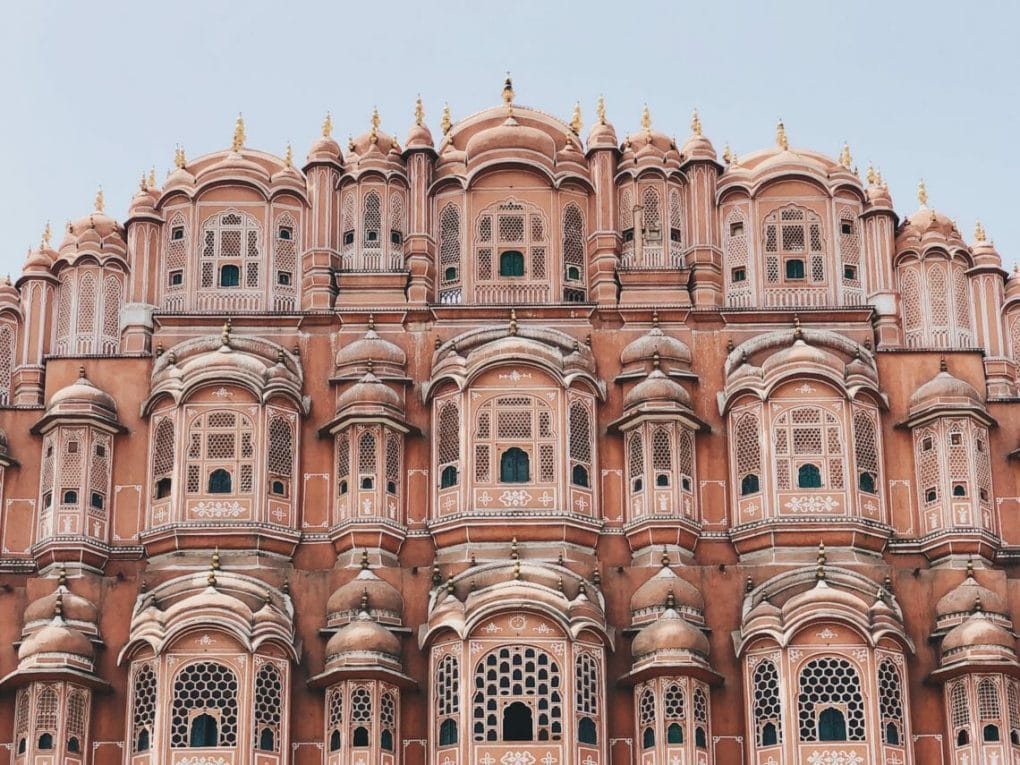
6. Local SIM cards are cheap, but a process to get.
You need to fill out an application, submit a passport photo, copy of passport and visa number. You’ll then need to wait 24 hours before it’s activated. Airtel is probably the most consistently reliable throughout the entire country.
I personally used Airtel and rarely had spotty WiFi even in the mountains. You can expect to pay a couple of hundred rupees for set up, plus about 250-300 rupees per month for 1 – 1.5 gb per day plus some call and text.
A couple of my friends I traveled with had their SIM cards through Vodafone and I nearly always had better service than they did. If it’s between the two, I’d choose Airtel over
7. Take public transportation.
India is a huge country, and it’s pretty well connected by state and private buses and trains and it’s
A brief overview of public transportation: there are private buses, state-run buses and trains. RedBus is a great starting point for most bus routes but not all will be there. Each state in India also has its own bus/transportation websites. Yatra is another website for checking out routes.
The Ixigo app and the IRTC website is your go-to for trains. Check out Hippie in Heels’ guide for setting up an account with the train booking system. The set up is a headache but it’s worth it. When booking the trains, there are various ‘classes’ or comfort levels of cabins to choose from all increasingly more expensive. The sleeper train without A/C is your cheapest option and the best way to travel India IMHO.
The Man In Seat61 is always a great travel resource for train travel so be sure to check out his take on India as well!
8. You don’t need to worry about booking transportation in advance.
This is mostly true. If you’re looking to take a train or bus on a popular route that only has one or two options a day, then you’ll probably want to book a couple of days in advance. If you’re trying to travel during an Indian holiday like Holi, Diwali etc, you’ll also want to book far in advance as many people travel home during the holidays! Otherwise there are usually available seats to grab the day before when booking on your travel apps.
The very local buses can be booked at departure. Just show up to the bus terminal and ask for the destination you need. You may have to ask many people for your destination before finding the right bus. It’s not uncommon for locals to tell you the wrong thing to scam you into paying for a private taxi. It’s a chaotic place with lots of buses so sometimes they honestly just don’t realize. You’ll buy your ticket on board after you’ve started moving.
9. Everything is nearly always delayed.
All trains and buses always seem to leave late or get delayed along the way. Anytime you have a day involving travel, it’ll take longer than you expect. We always wrote off travel days as nothing more than that, so come with appropriate expectations for your itinerary!
10. Arrive with the best travel apps for India already downloaded on your phone.
And with accounts already set up for the IRTC (Indian government train booking system) – it’s super complicated and takes time to get approval.
- Ixigo: train ticketing and schedules
- RedBus: bus ticketing and schedules
- Uber / Ola: local taxi mobile booking. Most of the time these prices are much cheaper than the local
tuk tuks . - Goibibo/ Oyo: the local Indian accommodation booking apps that sometimes have better deals and cheaper guesthouses than what’s listed on
booking .com or Agoda
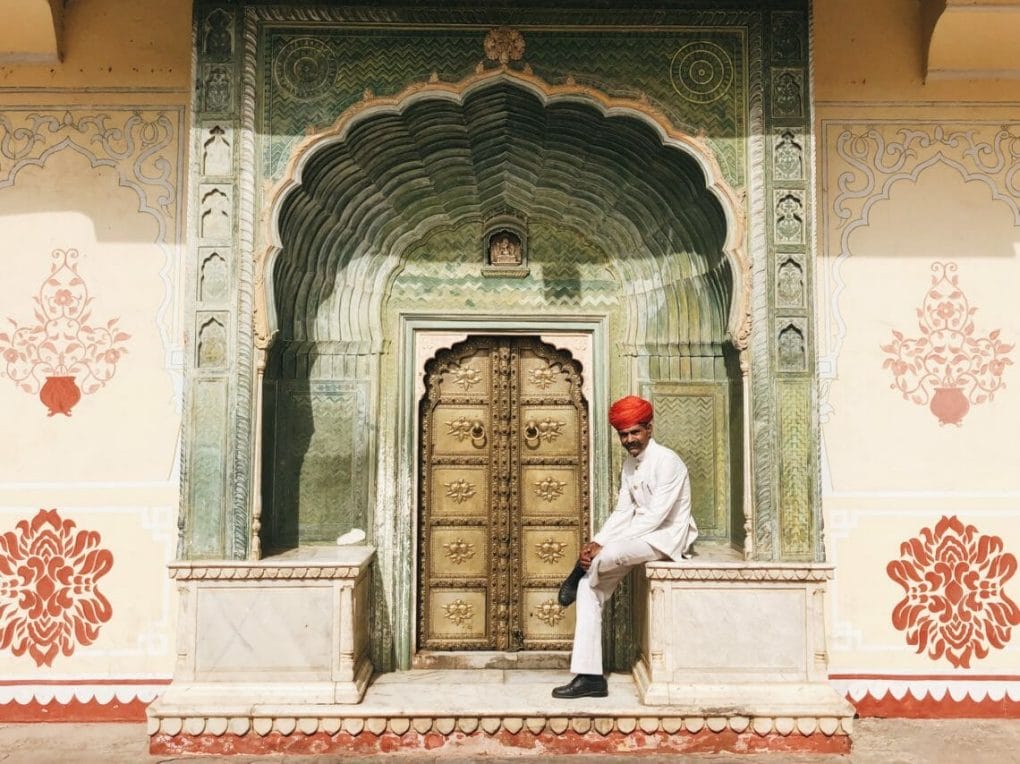
11. Uber and Ola aren’t available in all cities.
To name a few; Rishikesh, Manali, Kasol, the north in general. These more remote places also had much fewer tuk tuks or taxi options so sometimes the local bus or walking was our only option.
12. ATMs only allow a max withdrawal of 10,000 rupees a transaction.
At the moment, 10,000 rupees is about $140, which should last you about five or more days easily if you’re not spending on any extravagant extras. Reliable banks that accepted my foreign debit card were HDFC, SBI and ISICIC.
13. Big notes can be hard to use.
ATMs often dispense 2000 rupee notes or (if you’re lucky) 500 rupee notes. These big notes can be really tough to break because people often don’t have change. Use them for big purchases like your accommodation and the government / pricey tourist attractions. These places are more likely to have change for your big bills vs the small and local shops.
14. Be sure to haggle.
Shopping is amazing in this country and there are some amazing things to buy in India so you def want to come prepared to haggle. In a few cities however we found shop owners, like Pushkar for example, who were unwilling to haggle so you just have to test the waters.
When it comes to
There’s also no consistency for what
15. Check the MSP.
On most packaged goods like snacks and water, there is a printed market set price (MSP) to ensure fair prices. Always check the packaging before checking out, as shop owners may try to charge you more than the set price. Water especially has a set price currently at 20 rupees per bottle. Don’t let yourself pay the higher mark up if you can help it! You will run into shop owners who just won’t budge on the price. Don’t let it stress you out too much, a few extra rupees is really only cents to us.
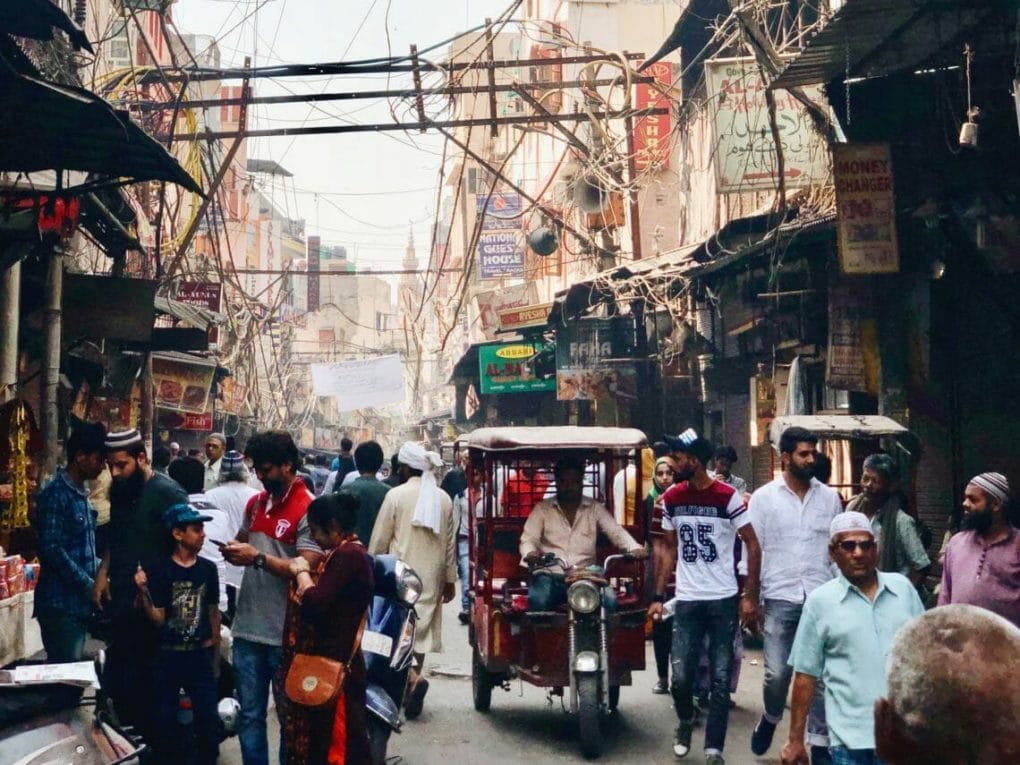
16. Tipping is confusing.
When it came to our tour guides we happily tipped, but we could not get a straight answer for the life of us whether or not we should tip in restaurants. We heard to just tip a little by rounding up the bill, to tip 5%, that you shouldn’t tip because it’s a new phenomenon expected only of foreigners and not locals – we heard it all!
It seemed the more local the place, the less a tip was expected and the fancier places required it. Some places also tack on a gratuity charge so at these places I definitely wouldn’t tip. I wouldn’t go much more than a 5% tip if it tickles your fancy to do so.
And shout out to anyone who knows the answer and shares it in the comments below!! Seriously, I’m so curious! Do we or don’t we tip?!
17. Power outages and water shortages are super common – especially in smaller cities.
There were times we were without power and running water for hours at a time. It’s just a way of life in India. These amenities are a privilege and most people don’t have access to these basics we’re accustomed to at home.
18. India is a conservative country. Gals, we gotta think about what we wear.
The general rule is knees and legs covered, shoulders covered, cleavage covered but bellies and stomach ok. I often wore tank tops and felt fine. You get a bit of a free pass as a foreigner so I wouldn’t stress too much about it. Just carry a scarf with you for times the staring becomes a bit much. For more tips for what to pack for India, I shared what I brought along with me on my Asia / India backpacking trip.
19. Remember important safety tips.
India has a bit of a reputation for being a dangerous place, especially for women. I actually felt pretty comfortable traveling India with my small group of friends, and met solo female travelers who seemed totally unphased by the chaos of India as well.
With that said, it’s still good to stay alert and follow basic safety rules for travel in India (mostly for women but men too):
- Don’t walk alone at night. It’s seriously only groups of young men out at night wandering and they will stare at you and make you feel uncomfortable.
- Watch what you wear, especially at night.
- Stay clear of large crowds at large events. For
Holi there were times where we were surrounded by men and they tried to touch us and grope us. - Don’t take night transportation alone.
- Don’t come to India terrified. It’s actually not nearly as bad as its reputation makes it out to be!
20. Many people speak English.
India is the land of hundreds if not thousands of different languages and dialects. Sometimes even local Indians have trouble communicating with their neighbors from other areas of the country. This means English and Hindi have become the widespread language that unifies the nation. If you speak English, you don’t have to worry too much about language barriers in India.
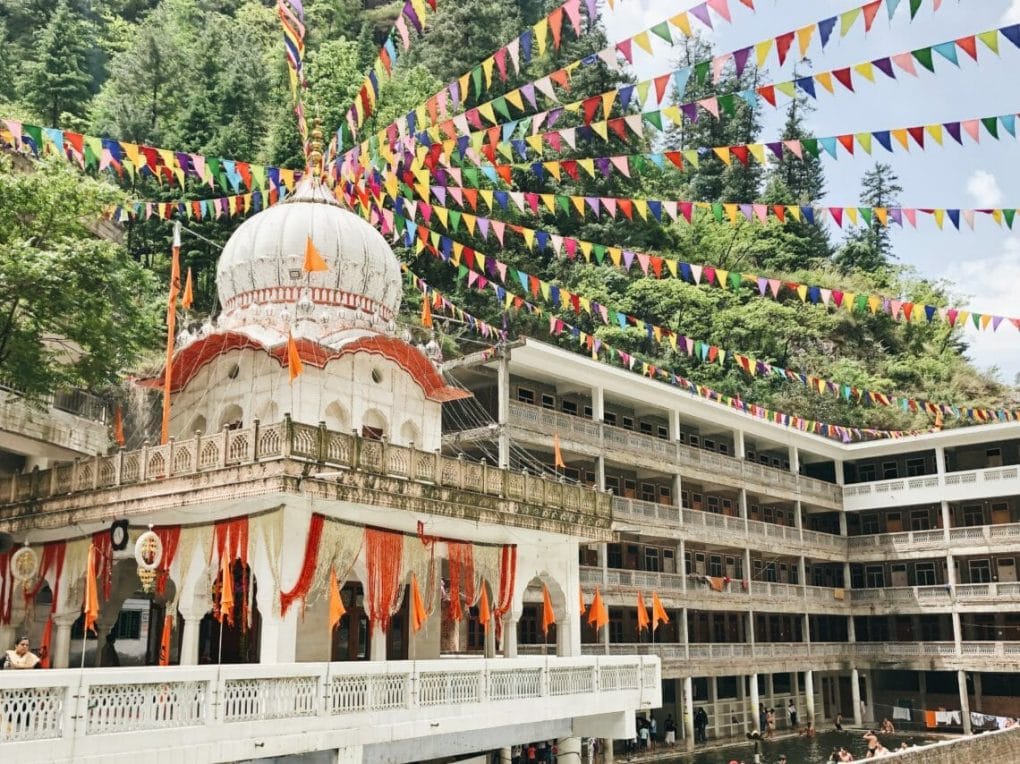
21. Google Maps works well in India.
Download offline maps of certain areas to save on data and to have on hand when you find yourself without WiFi. The routes seemed really accurate for walking, driving and the metro in major cities like Delhi and Mumbai.
22. Consider bringing these random helpful necessities with you:
- Sunscreen – the sun is strong here! You will get sunburned without it.
- Bug spray – mosquitos are rampant, especially at night. Protect yourself with some strong stuff. The local creams seem to work decently well here if you want to pick it up after you arrive.
- Motion sickness medication – if you suffer from motion sickness, consider bringing along some meds. The roads and traffic can make for an uncomfortable ride, especially when traveling long distances by bus.
- Wet wipes – you’re just always covered in dirt in India. A small pack of wet wipes is nice to have to clean up before a meal.
- Hand Sanitizer – a must.
- Sleeping bag liner – if you’re taking sleeper buses and trains between destinations, you’ll want a liner as a barrier between you and the public filth. It’s also questionable whether or not sheets are changed between every use in hostels/guesthouses and blankets certainly aren’t. If this doesn’t jive well with you, then a sleeping liner is also a must!
- Anti-diarrheal meds – Delhi belly is a real thing in India, as is a given from the name. It’s inevitable that most people will get sick at least once, and it’ll probably happen at the most inconvenient time like during a long travel day or when you have an excursion planned. Having Imodium on hand can be a
lifesaver .
23. Plug sockets are universally friendly.
Most sockets in India are formatted to accept numerous plug shapes. There were two main types: one that accepted various round hole plugs and another fitted for British and flat plugs. I came with a universal adapter and never had a problem with it.
24. India is a dry country.
Probably the lamest India travel tip I have for you, India is not a party destination like many other parts of SE Asia. There are limited bars and liquor stores
Hash on the other hand, is pretty easy to find for tourists. It’s not something that should be flashed around, but it’s definitely something that’s around. Honestly I’m not totally clear on the rules, but from what I could tell smoking hash is technically illegal (you wouldn’t know it by how easy it is to find), but edibles are ok. So I’d keep it all on the DL. You can find it sold in government-sanctioned shops in Rajasthan. If you’re up for it, the bhang lassi is a local delicacy in that region of India!
25. The deal with laundry.
When you send off your laundry in India, it’s actually hand-washed, and you’ll be charged per article of clothing. A good price for laundry is between 10-30 rupees per item, which is actually pretty expensive by India standards! Don’t pay any more than that. Only twice during my 7 weeks in India, did I find an opportunity to pay to have my laundry machine washed and it felt like such a luxury! And it was also cheaper this way.
When you send off laundry, make sure you count and write down what you give them because you’ll probably lose something. A photo is also a good idea to show them exactly what’s missing. Nearly every load I sent off, it came back missing something because they wash everything in bulk mixed with laundry from others.

26. Avoid visiting in the hot summer months.
The south and northern middle parts of India get very very hot in the summer. Be sure to research the weather for the time of year you want to visit to ensure you’re not stuck in the sticky heat or in the middle of a monsoon. The winter months of November – March tend to be the best times overall to visit India.
27. Bring passport photos.
Or buy them when in India – they are WAY cheaper than at home. You’ll definitely need one or two for a SIM card and possibly for special travel or hiking permits depending on your plans. They’re also needed for visas for other countries in SE Asia if you’re travels take you further than India.
28. Avoid main tourist attractions on the weekends.
They are crazy busy!! And avoid going on Indian public holidays if you can help it. Indian tourists are very active travelers in their own country and some days were so busy because of the national holiday or weekends.
29. Hostels are a growing part of Indian travel.
In the past, guesthouses/homestays were the main places for tourists to stay. They’re still great for those looking for private rooms or an experience with an Indian family. There are plenty available and the cheapest ones are usually not found online.
But in today’s India, hostels are more and more common and a great way to meet other travelers. There are super cheap hostels where you can get a bed for $1/night online (you get what you pay for though) as well as the more established Indian chains such as Moustache and Zostel found in most major cities. Zostel is pricier averaging 600-700 rupees or about $9/night across India, while Moustache is much more budget-friendly ranging from 300 – 400 rupees or $5 per night per bed.
As with any adventure, you can never fully prepare for the cultural differences and expectations for a new place. However, I hope these India travel tips find you well on your travels. India is an experience that cannot be put into words. I hope you enjoy it!
Am I missing any majorly important India Backpacker travel tips? Share below!


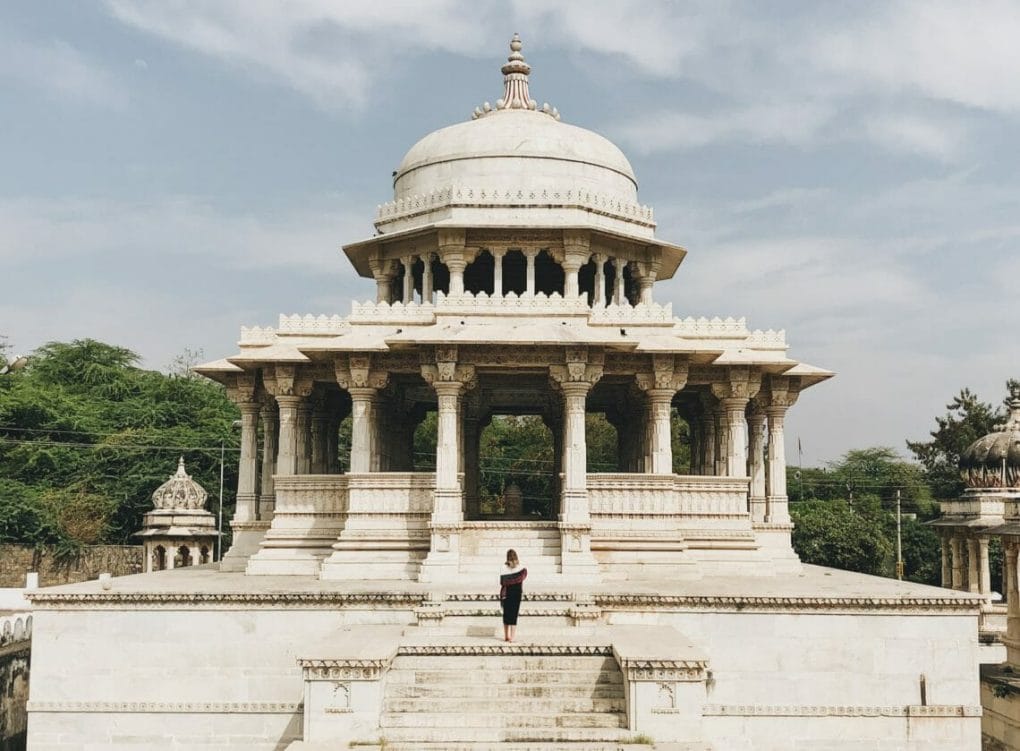
You covered so much! India isn’t in my more immediate travel plans, but it’s definitely a goal for the future! Bookmarking this for when the time comes! xx
Thanks so much!! There’s so little detailed info about India out there i didn’t want to let anything go uncovered 🙈You’ll love it!!
Pingback: Top tourist destinations of India for International tourists – Tripntricks